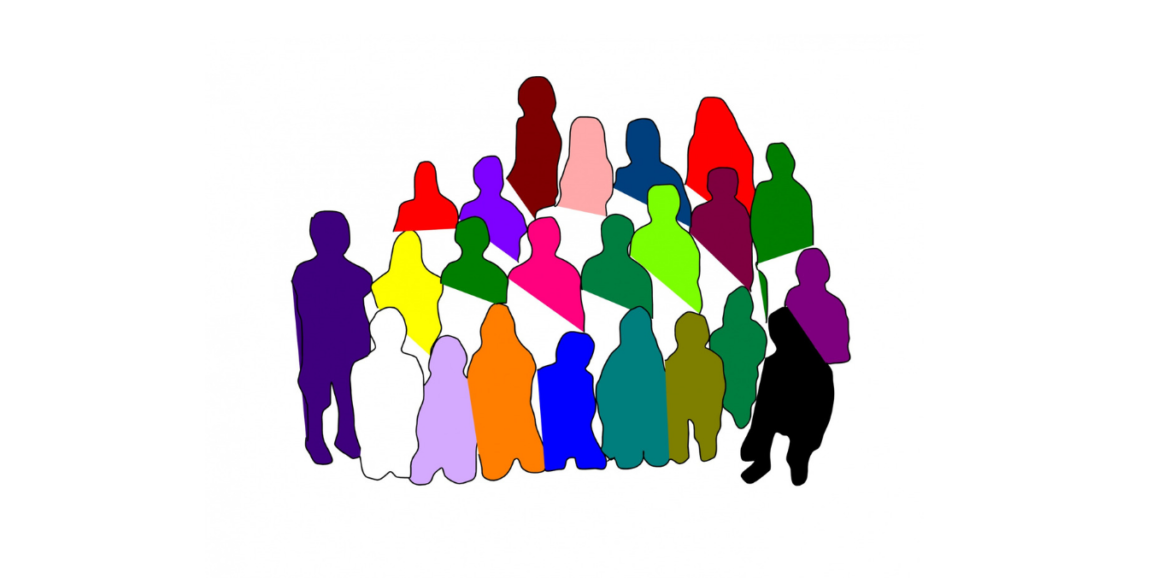Every living organism on Earth has a genome, the complete set of DNA containing all of the information needed to develop and maintain the organism. Humans inherit three billion long strings of DNA called chromosomes from each parent, so your genome can help identify your personal ancestry. But genomes can also identify the movement of human populations based on who is similar to whom.
Carlos Bustamante, PhD, a professor of biomedical data science, of genetics and of biology at Stanford, discusses the blossoming uses of genomes on a recent episode of "The Future of Everything" radio show.
For example, Bustamante told host Russ Altman, MD, PhD, a professor of bioengineering, of genetics, of medicine and of biomedical data science, about the genomic fingerprints of the history of slavery in the United States. As part of an international collaboration, he studied the DNA of modern individuals and individuals from slave cemeteries, tracing their history to particular tribal groups in Africa.
"A lot of that history has been lost and African Americans want to reclaim parts of that history using DNA," Bustamante said. "What's interesting, at least in the United States, is that most of the slave ships went first to the Caribbean and Brazil. Only a couple hundred thousand people came in straight to the Port of Charleston. So the history of the slave trade is actually written in the DNA of the Caribbean, Brazilian and U.S. African descendant populations."
But that is only one of the many genomic applications discussed on the episode. Another important use is predicting disease risks. Genetic tests are now available for many hereditary conditions, including cancer risk assessment, at Stanford.
This raises a challenge, however, because our knowledge of DNA is primarily based on people of European descent. As Bustamante explained, this occurred because European countries were the first to recognize the potential impact that DNA sequencing could have on health care, once the cost of DNA sequencing technology plummeted.
"They invested quickly and by the year, say 2009, they'd done about a thousand studies and 95 percent of the participants in those studies were of European descent -- be they from the countries in Europe or in Iceland."
Since humans are 99.9 percent identical in their genetic makeup, maybe this doesn't sound like a problem. But Bustamante said the differences may be important because they could help lead to improvements in health care. He described this lack of diversity as both a problem and an opportunity.
Take blond hair, for example. Bustamante explained that two main populations have blond hair: Europeans and Melanesians from the Solomon Islands. When the scientists started a research project, they hypothesized that a European went to Melanesia and had a lot of kids. But that isn't what the genetics showed.
"The genetics of blond hair in Europe are different than the genetics of blond hair in Melanesia. They look the same, but it turns out that the genes underlying the difference are different," he said. "And why is that interesting? From the point of view of medical genetics, if this is true for blond hair -- which is about as simple a trait as you can get -- what about diabetes? Why would we assume the genetic basis of diabetes is the same in every population, when we know diabetes actually presents differently in different populations?"
He also argued that new drug discovery would be more successful if it was based on genetic leads. Cholesterol lowering drugs called PCSK9 inhibitors, for instance, were found by studying families with naturally high or low levels of cholesterol. Successes like these are the reason he thinks it's important to study diverse populations.
"If we spread our bets across different human populations, we're much more likely to find interesting biology that then benefits everybody," he said. "Because these cholesterol lowering drugs aren't just good for those people with high cholesterol for genetic reasons. That's the key. You can mimic it in others and it benefits everybody."
Of course, the potential for genomics goes beyond human applications. Altman and Bustamante also discuss plant and animal uses, including designing your dream dog.
Image by Pat Lyn




